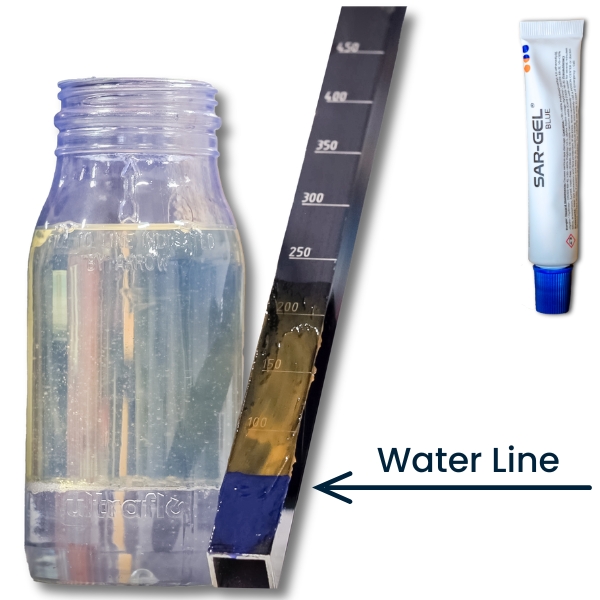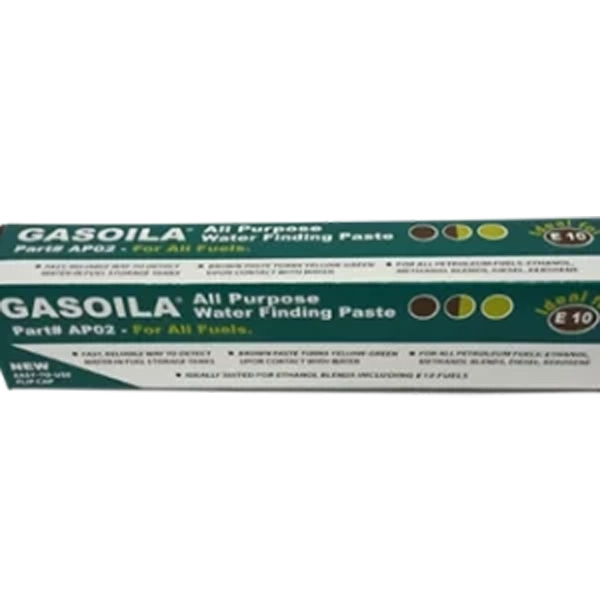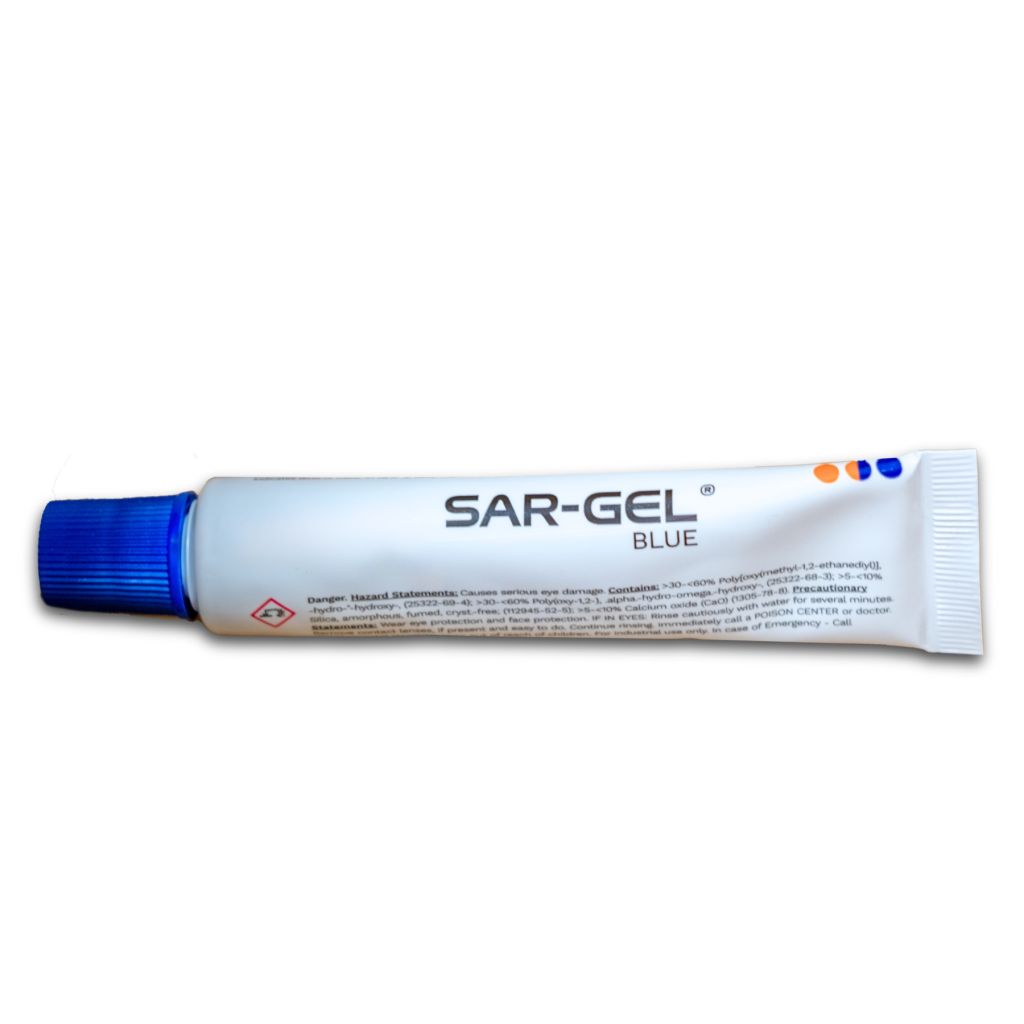Why Detect Water in Fuel?
Detecting the presence of water early is essential to protect your equipment and maintain fuel quality.
Water in fuel tanks is a serious issue. Even small amounts of water can lead to:
- Engine damage and reduced performance
- Corrosion of tanks and components
- Microbial growth (commonly known as diesel bug)
What is Water Finding Paste?
Water finding paste is a specialised compound containing dyes and chemical indicators.
When applied to a dipstick or gauging tape and lowered into a tank, the paste reacts with water —
not fuel — changing colour instantly to show if water is present at the bottom of the tank.

Recommended Water Finding Pastes
At Nqpetro, we recommend three proven products for reliable detection:
- Kolor Kut Water Finding Paste
- Gasoila Water Finding Paste
- SAR-GEL Water Finding Paste
All three pastes change colour when they come into contact with water. While the exact colour results differ, they all achieve the same purpose — accurate detection of the presence of water in fuel tanks.



Who Should Use Water Finding Paste?

Water finding paste is a must-have tool for anyone storing or dispensing fuel. It is widely used in:
- Self-bunded tanks
- Underground storage tanks
- Retail fuel sites and service stations
- Commercial and industrial fuel tanks
- Backup generator tanks
- Transport, marine, and aviation applications
If you rely on clean fuel to keep your operation running, water finding paste provides a fast, low-cost way to monitor tank conditions.
How to Use Water Finding Paste
- Apply a thin, even film of paste to a clean, dry dipstick or gauging tape, covering the section where water is expected.
- Lower the dipstick into the tank until it touches the bottom.
- Leave in place for 5–10 seconds.
- Remove and check for a clear colour change, which reveals the water level.
Best Practices for Reliable Results
- Always use fresh paste — dried-out paste may not respond accurately.
- Clean and dry your dipstick before each test.
- Record readings to track tank conditions over time.
- Perform checks regularly, especially after fuel deliveries or heavy rainfall.
- If the dipstick is removed too quickly, the paste may not fully react, leading to a false negative.
- If left in the tank too long, colour bleeding can obscure the water line.
- For best accuracy, follow manufacturer instructions and read the results promptly.
Detecting Water in Ethanol Blends (E10)
- In straight gasoline or diesel, water does not mix with fuel and usually settles at the bottom of the tank.
- In E10 ethanol-blended fuels, even small amounts of water can cause phase separation. This happens when ethanol and water drop out of the blend, forming a separate ethanol-water layer at the bottom of the tank.
- If this layer reaches the pump suction, it can be dispensed into vehicles, leading to stalling, knocking, and poor performance.
BP laboratory tests have shown that Gasoila Water Finding Paste is more reliable under varying humidity and temperature conditions, making it a trusted option for ethanol-blended fuels.
Where to Buy Water Finding Paste in Australia
Nqpetro is an Australian distributor for Gasoila Water Finding Paste and also supplies Kolor Kut and SAR-GEL.